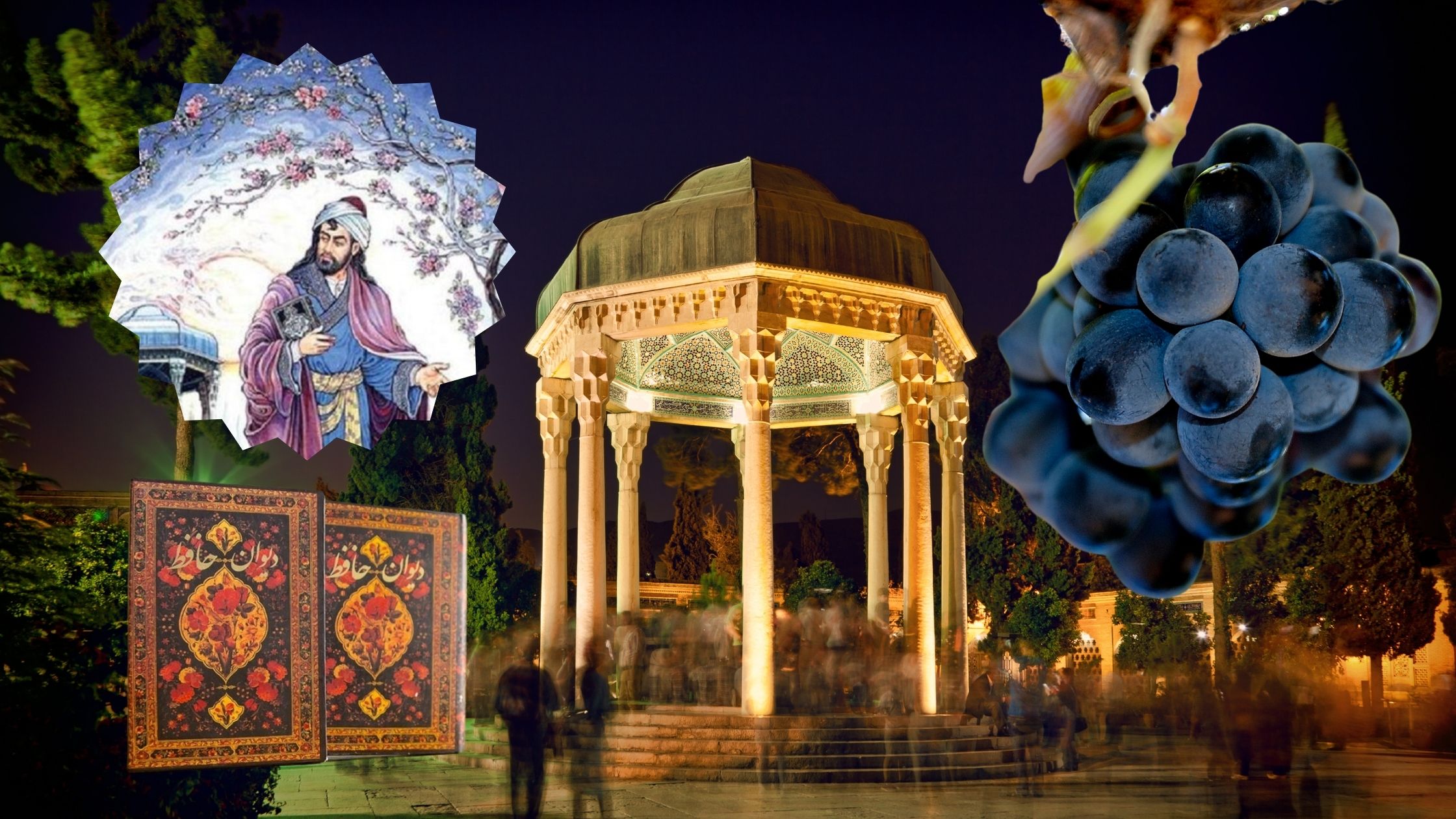How Amir Khusrow captures devotion that transcends suffering
Amir Khusrow Dehlavi, the "Parrot of India," is celebrated for his poetic mastery and his ability to express the depths of love, devotion, and spiritual longing. Among his countless masterpieces, the following couplet reveals the unwavering loyalty of a lover, even in the face of suffering:
مرا اگر چه که بردست غم فروختهای
هنوز داغ غلامیت بر جبین دارم
Translated into English, it reads:
"Though grief has sold me into ruin,
I still bear the mark of your servitude on my brow."
Exploring the Meaning
In this verse, Khusrow speaks as the archetypal lover, addressing the beloved or the Divine. The opening line reflects the immense trials and suffering the lover endures, metaphorically sold into despair by the weight of sorrow. Yet, despite this hardship, the second line reveals an unshakable truth: the lover remains marked by devotion.
The “mark of servitude” on the brow symbolizes the eternal bond between the lover and the beloved. It signifies surrender, loyalty, and the pride in belonging to something greater, even when faced with adversity.
Themes of Love and Devotion
Amir Khusrow’s poetry often blends the personal and the universal, crafting verses that resonate on multiple levels. In this couplet, the themes of love and devotion stand out vividly. The poet’s declaration that grief has "sold" him emphasizes the trials that love inevitably brings. Love, whether human or divine, is rarely without its challenges.
However, the "mark on the brow" illustrates an unbreakable connection. It’s a reminder that true devotion endures beyond pain, loss, or even betrayal. The imagery is both deeply personal and profoundly spiritual, embodying the Sufi philosophy that love for the Divine transcends worldly suffering.
Relevance in Contemporary Life
Khusrow’s couplet holds timeless relevance. In our modern lives, we often face struggles that test our commitment—whether in relationships, careers, or personal growth. This verse reminds us of the strength that comes from unwavering dedication, even when faced with hardship.
It also invites us to reflect on the marks we carry—the experiences and connections that define who we are. Whether they come from love, faith, or passion, these marks shape our identities and remind us of our resilience.
The Imagery of the "Mark"
The "mark on the brow" is a recurring motif in Persian and Sufi poetry. It signifies servitude, belonging, and the pride of being chosen. For Khusrow, this mark is not a burden but a badge of honor. It is the ultimate testament to the lover’s devotion, a sign of surrender to a force greater than oneself.
A Universal Message
While Khusrow’s couplet is steeped in the Sufi tradition, its message transcends religious or cultural boundaries. It speaks to the universal human experience of love and loyalty, capturing the pain and joy of being deeply connected to another.
Conclusion
Amir Khusrow Dehlavi’s poetry continues to inspire with its depth, beauty, and timeless wisdom. This couplet, in particular, is a testament to the enduring power of love and devotion. It reminds us that even in the face of sorrow, the bonds we cherish leave an indelible mark on our souls.
In a world that often values fleeting pleasures over lasting connections, Khusrow’s words urge us to embrace the marks of our devotion—whether to a beloved, a cause, or a higher power. For it is these marks that define us, ground us, and ultimately guide us toward meaning and purpose.
Let us carry Khusrow’s message in our hearts and honor the marks we bear, for they are the truest symbols of our humanity and love.
Does this interpretation capture the spirit of Khusrow’s verse for you? Write in the comments.





